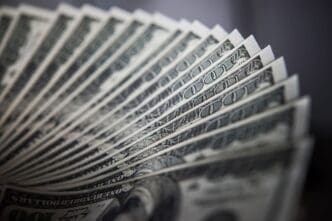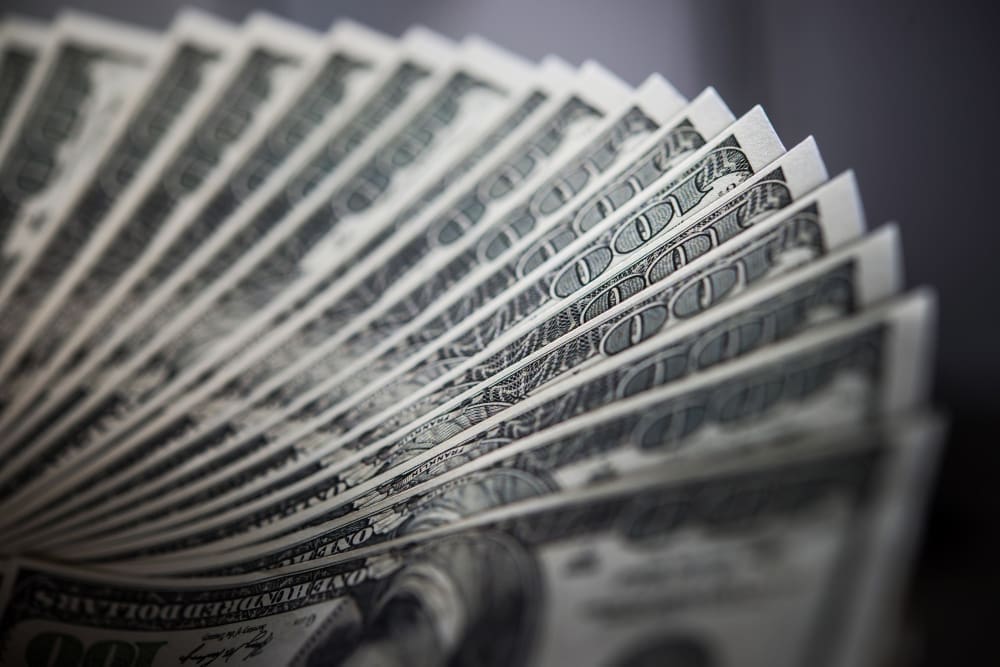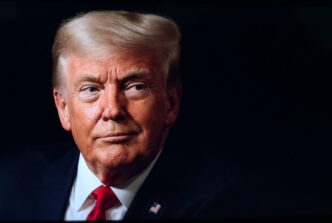Amidst the challenges posed by tariffs on the U.S. economy, a particularly unusual consequence is the significant decline in the value of the dollar. Typically, currency fluctuations are driven by factors such as inflation concerns and central bank actions. However, the recent dramatic drop in the dollar’s value suggests a deeper issue, possibly a diminishing confidence in the United States as President Donald Trump attempts to reform global trade.
The dollar’s long-standing dominance in global trade and its status as a safe haven have been carefully maintained by successive U.S. administrations, as it aids in keeping borrowing costs low and enhances America’s global influence. These advantages are at risk if trust in the U.S. currency wanes. Since mid-January, the dollar has depreciated by 9% against a basket of other currencies, hitting its lowest point in three years. Although investors do not foresee an immediate toppling of the dollar’s position as the world’s reserve currency, even a gradual decline poses significant risks due to the resulting loss of benefits.
The international demand for dollars has remained robust, facilitating low borrowing rates for the U.S. government, consumers, and businesses, thus propelling economic growth and improving living standards. Moreover, the dollar’s supremacy allows the U.S. to exert pressure on countries like Venezuela, Iran, and Russia by restricting their access to necessary trade currency. This “exorbitant privilege” is currently under threat.
Recent analyses indicate a potential erosion of the dollar’s safe haven status, with warnings of a brewing “confidence crisis.” Traditionally, the imposition of tariffs would lead to a stronger dollar as demand for foreign goods decreases. However, the current situation is atypical, with the dollar falling and causing concern among economists and consumers. The currency has lost more than 5% against the euro and the pound, and 6% against the yen since early April. For American travelers abroad and consumers buying imports, a weaker dollar means higher prices for goods like French wine and South Korean electronics, exacerbated by tariffs.
The potential loss of the dollar’s safe-haven status could lead to higher interest rates on personal loans and mortgages, as lenders seek more interest to offset perceived risks. More troubling is the potential impact on the U.S. federal debt, which already stands at a precarious 120% of the country’s annual economic output. The privilege of the dollar’s global demand allows the U.S. to sustain such debt levels without triggering a crisis.
China’s growing influence presents a challenge to the dollar’s dominance. For years, China has engaged in yuan-only trading agreements with countries like Brazil, Russia, and South Korea, and has extended yuan-denominated loans to cash-strapped nations such as Argentina and Pakistan. Cryptocurrencies may also emerge as a viable alternative if their market expands.
Some experts argue that the dollar’s decline is partially due to anticipated inflation resulting from tariffs rather than a complete loss of confidence in the U.S. Nevertheless, the unpredictability of new policies and concerns over the Federal Reserve’s independence contribute to perceptions of instability. The president’s approach to tariffs adds to this uncertainty, as does the ongoing debate over his calls for lower interest rates and criticisms of Federal Reserve Chair Jerome Powell.
Critics also recall historical parallels, such as the Suez Crisis of 1956, which damaged the British pound’s standing. The poorly managed military action exposed Britain’s political vulnerabilities, leading to a steep decline in trust and the pound’s eventual loss of its status as the dominant global currency. Observers worry that the current trajectory under the Trump administration could similarly undermine international confidence in the U.S. dollar.








